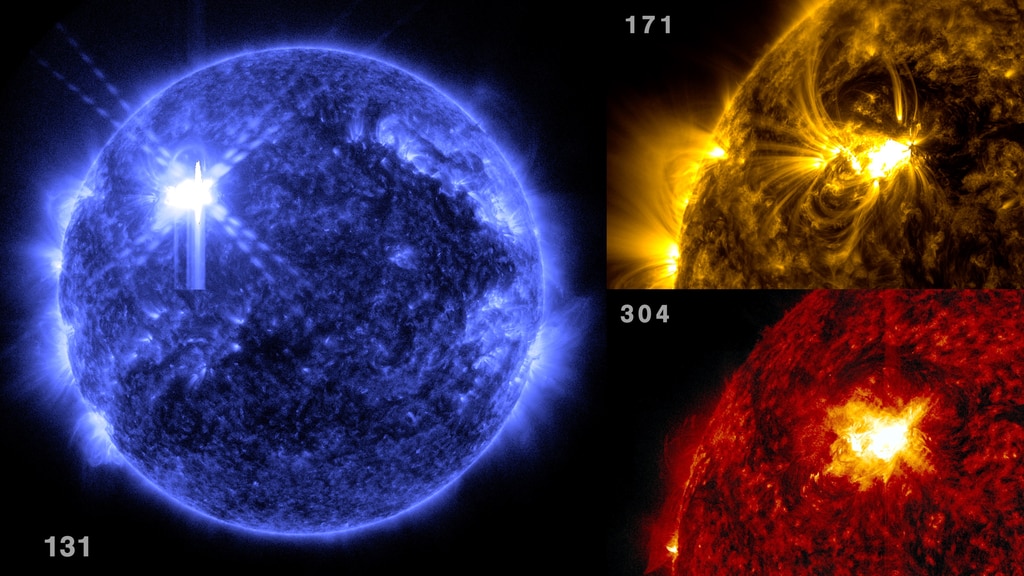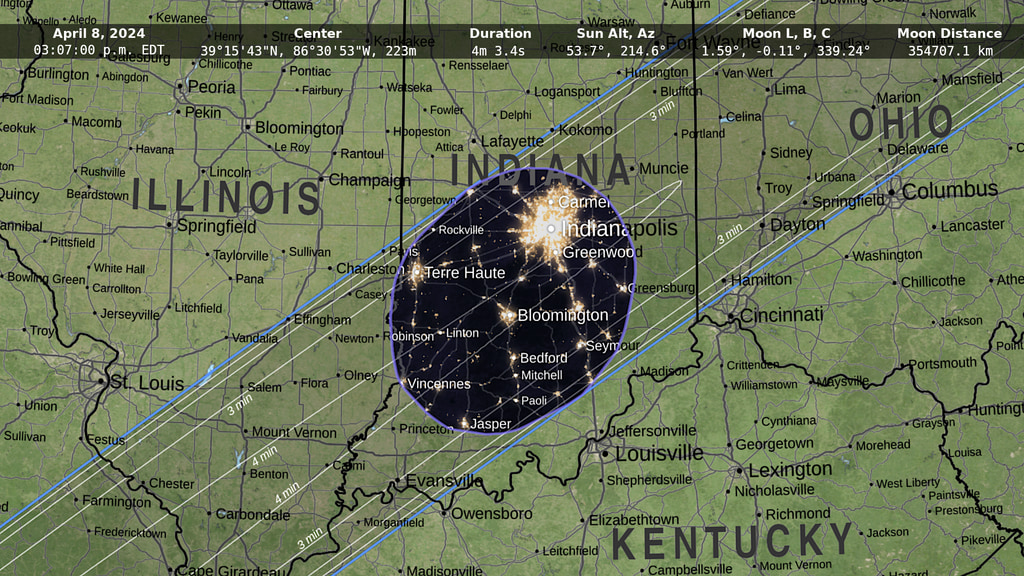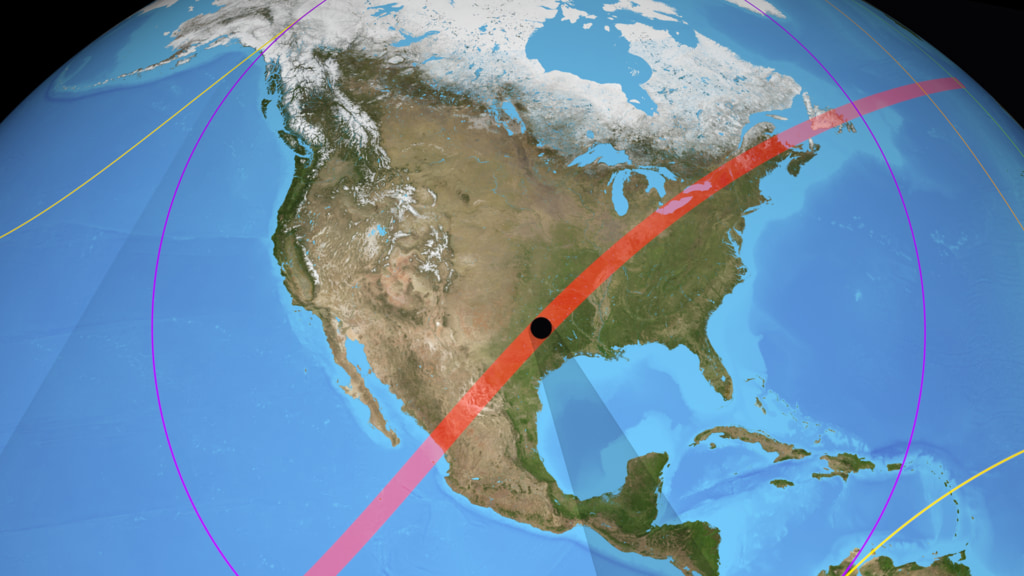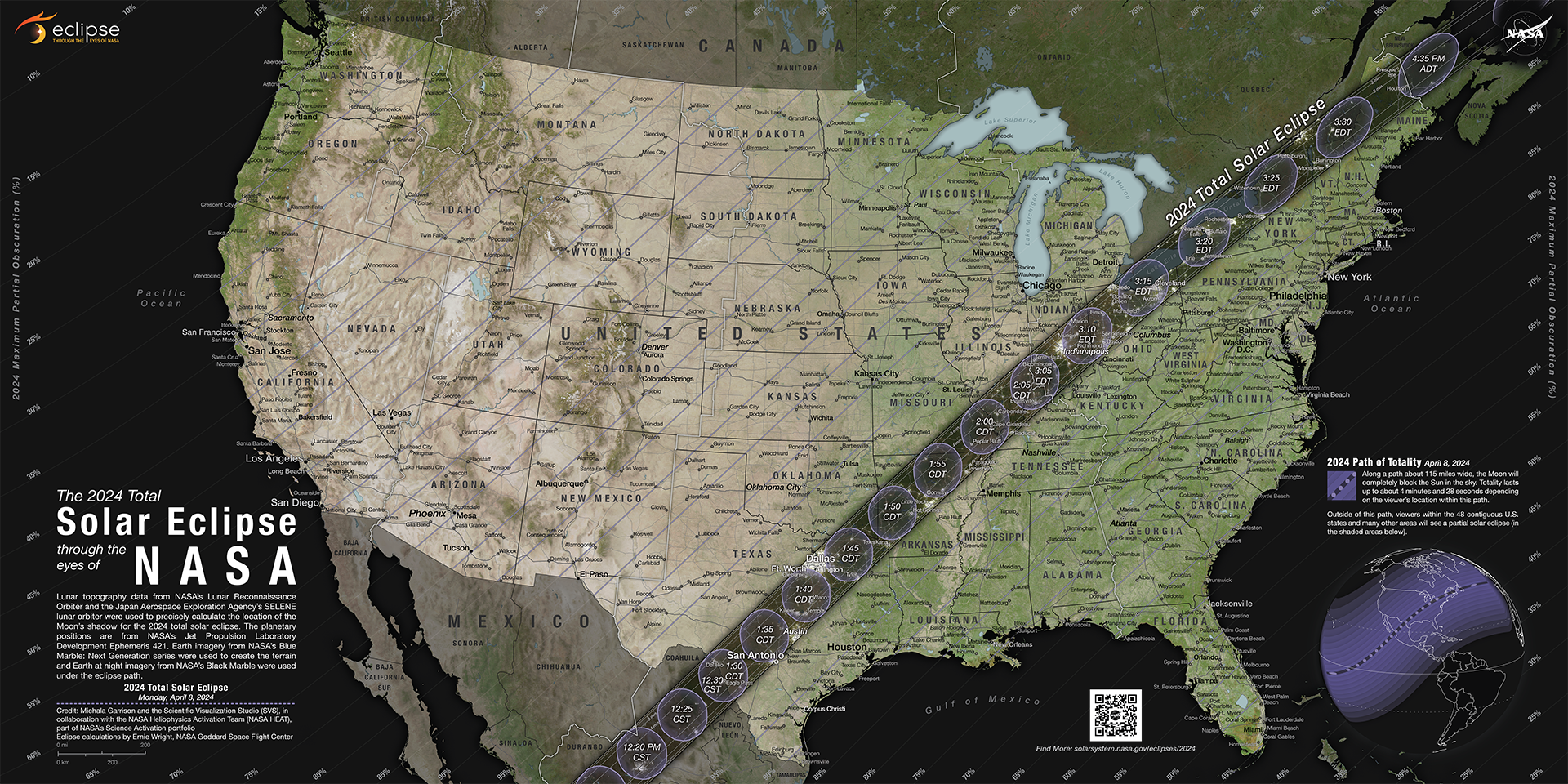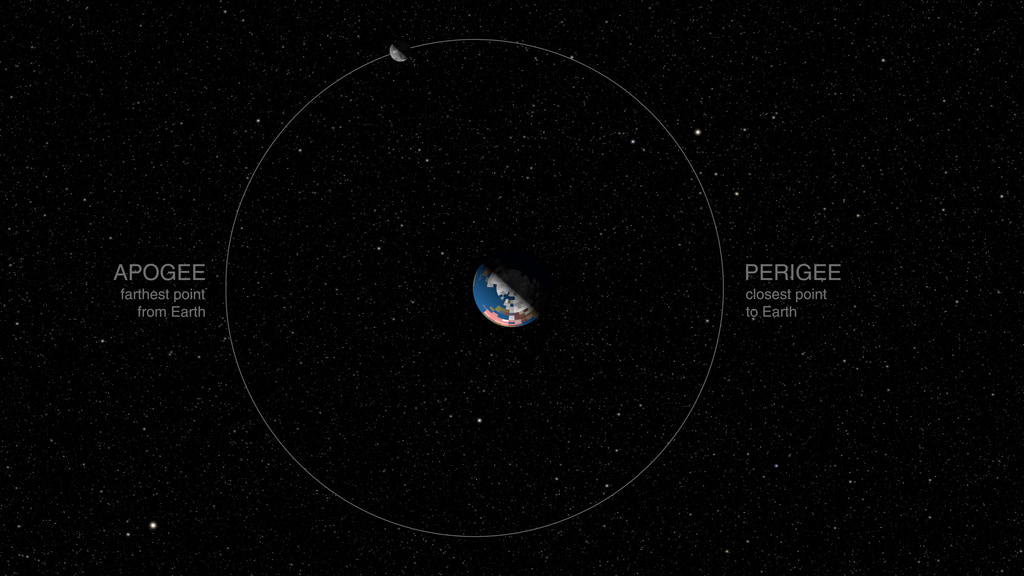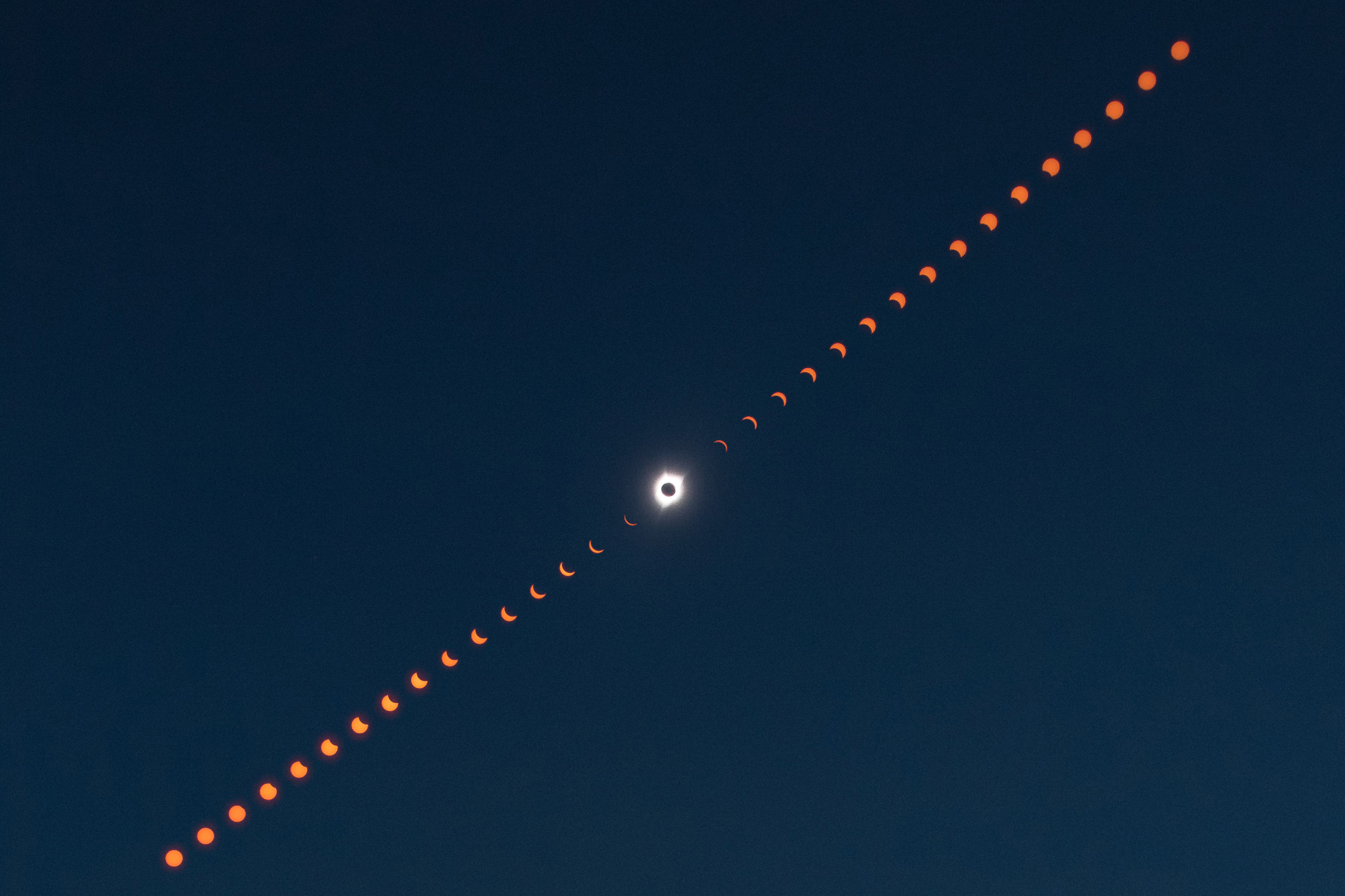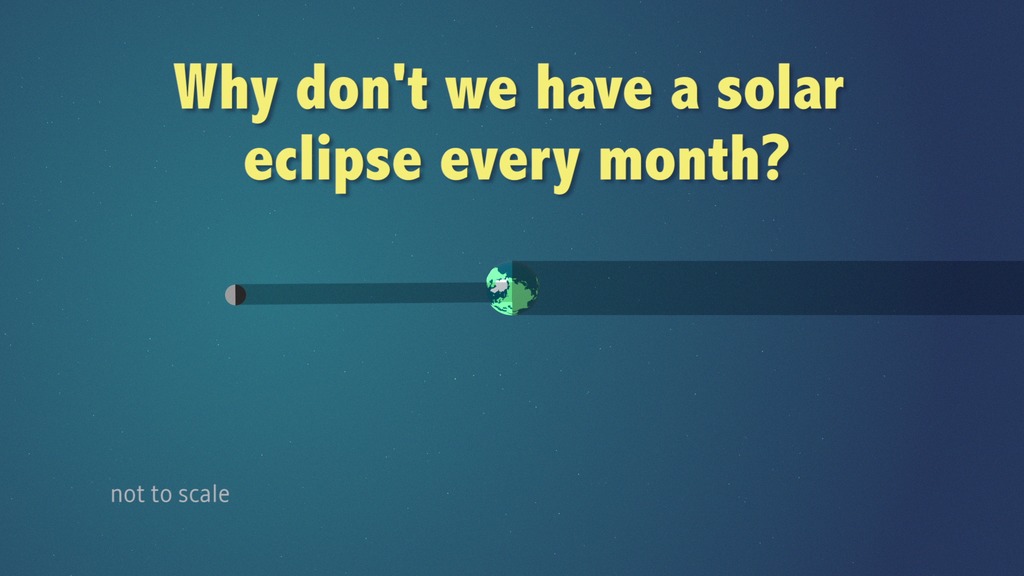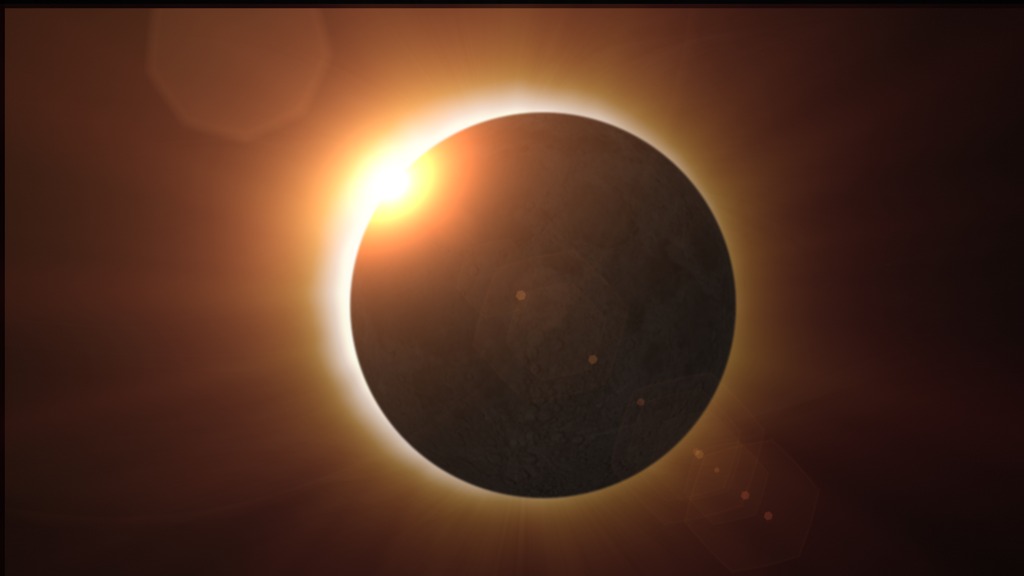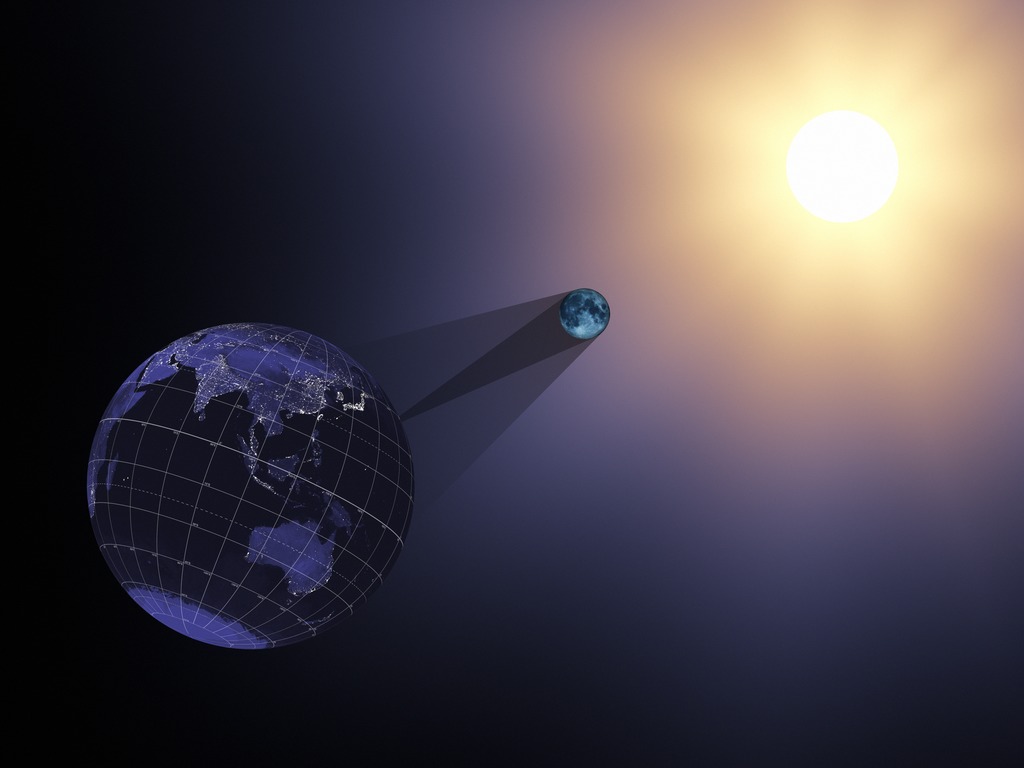One Month Out From The Total Solar Eclipse Live Shots

Included on this resource page are cut broll for the live shots and pre-recorded soundbites with
Gina DiBraccio / Deputy Director of Heliophysics, NASA GSFC and Nicholeen Viall / NASA Mission Scientist for PUNCH.
Also check out NASA's podcast nasa.gov/curiousuniverse. New episodes coming soon including one about the April 2024 solar eclipse.
Join a NASA expert on Friday, March 8, 2024 to learn how you can join the solar celebration before the total solar eclipse!
Get ready for the total solar eclipse that's coming up on April 8, 2024! This phenomenon won't occur over the contiguous United States again until 2044, so don't miss out. Grab those solar viewers and get ready to witness the Moon completely blocking the Sun and create nighttime darkness during the day.
The eclipse is just one month away, but there's still plenty of time to prepare for this spectacular solar show. Find out the best Sun viewing spots, how to enjoy the eclipse at home, and the latest solar science from a NASA expert. Join NASA in celebrating our radiant star, the Sun, during the Heliophysics Big Year: an exciting year for the Sun, with two eclipses, a record-breaking spacecraft approach to the Sun, and heightened solar activity.
Live interviews are available Friday, March 8, 2024, from 6 a.m. - 1 p.m. EST
Click here to request an interview: https://forms.gle/MTNTR1RzfsnRG3n88
Requests sent via the above form will have scheduling priority.
Please do not email requests.
Additional video resource collection is available here: https://svs.gsfc.nasa.gov/gallery/2024total-solar-eclipse-gallery/
More information about the eclipse and NASA solar science here: go.nasa.gov/Eclipse2024 & http://go.nasa.gov/HelioBigYear
Suggested Anchor Intro:
Next month people across the United States are in for a special treat as a solar eclipse will be visible across the entire country. From coast-to-coast people will see the Moon slowly move in front of the Sun blocking some of its light in a partial eclipse. But for more than 31 million people across 15 states, they will see the Moon completely cover the Sun in a total solar eclipse, briefly turning day into night.
The contiguous United States won’t see another total solar eclipse until 2044! Joining us now is NASA expert xx to tell us more about how we can prepare for this exciting show.
Suggested Questions:
1. One month from today people across North America will see a total solar eclipse. Can you describe what will happen during this celestial event?
2. We’ve been told to never look directly at the Sun. So how can our viewers safely view the solar eclipse?
3. People across the U.S. were treated to a solar eclipse in 2017. How is April’s solar eclipse different from the one in 2017?
4. What are some ways our viewers can get involved with solar science during the total solar eclipse?
5. A total solar eclipse is the only time we can see the outer atmosphere of the Sun with our own eyes. What will scientists be looking for during the eclipse?
6. Where can our viewers go to join the fun in celebrating our star and prepare for the upcoming eclipse? go.nasa.gov/Eclipse2024
Questions for longer interviews:
7. There are several different types of eclipses. What are the different eclipses, and how do they differ?
8. We understand that the sky will darken briefly during the eclipse. How will this impact wildlife?
9. If scientists can create artificial eclipses to view the outer portion of the Sun’s corona, why are natural eclipses important?
10. Today is International Women's Day, how have women been a part of solar studies?
11. Eclipses aren’t just incredible events to witness, they are also scientifically valuable. Can you talk about the nationwide balloon project more than 750 students across the U.S. will be participating in?
12. The Sun has thrown out some powerful bursts of radiation over the last couple of weeks. Can you talk about what it means that the Sun is becoming more active?
B-Roll for live shots
Pre-recorded soundbites with Nicholeen Viall / NASA Mission Scientist for PUNCH. SOTS are separated by slates with the question. TRT 6:34. Full transcript is available under the download button.
Pre-recorded soundbites with Gina DiBraccio / Deputy Director of Heliophysics, NASA GSFC. SOTS are separated by slates with the question. TRT 7:09. Full transcript is available under the download button.
New vertical recording! Social media reel pre-recorded soundbites with Gina DiBraccio / Deputy Director of Heliophysics, NASA GSFC. SOTS are separated by a slate with the associated question. TRT 5:11.
For More Information
Credits
Please give credit for this item to:
NASA's Goddard Space Flight Center
-
Producers
- Michelle Handleman (KBR Wyle Services, LLC)
- Angel Kumari (NASA/GSFC)
-
Technical support
- Aaron E. Lepsch (ADNET Systems, Inc.)
Release date
This page was originally published on Thursday, February 29, 2024.
This page was last updated on Thursday, March 7, 2024 at 5:13 PM EST.
![Music credit: “Catching Bees” by Jessica Charlotte Dannheisser [PRS] from Universal Production Music](/vis/a010000/a014500/a014543/Snap_It_Promo_Thumbnail.jpg)
